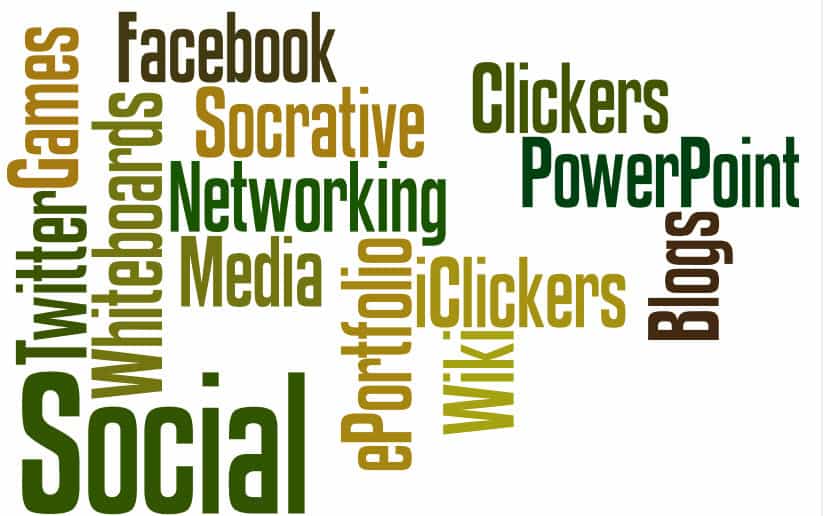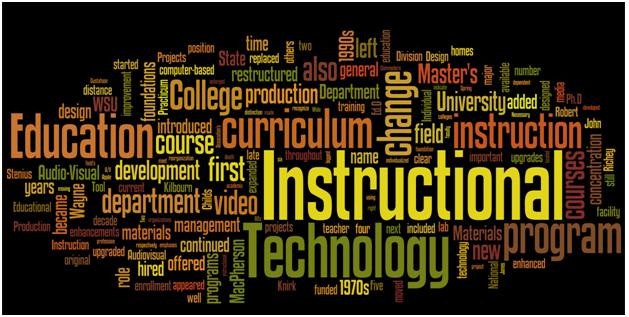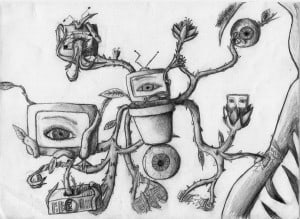
Prompt: Write a blog post in response to our class on digital history.
During the week of 10/26 we explored digital means that can be used to diversify our lesson material. Of particular interest in this class was the use of websites and engines designed to show trends over time. Such websites include the following: GapMinder, NGram Viewer, and the NYTimes Chronicle. The trends that these programs are capable of showing are of use to us as educators because it allows show some of the material we would otherwise lecture about. For example it is one thing to say that the use of various racially charged words spiked during times of strife; however, by using utilizing NGram Viewer to search the collection of digitized literature available through Google it is possible to show this.
I can see these sites being of particular use in an social studies inquiry class because of their ability to coalesce data into an easy to understand format for the students to digest. An example of this would be if a student wished to examine the origins of certain controversies. By searching the language of various forms of literature (books, newspapers, magazines and journals) NGram Viewer and NYTimes Chronicle give the students access to what seemed to be hot topics from various periods in our history.
Personally, I greatly enjoyed the use of these tools in class and am going to incorporate them where I can in my various placements.
Despite the amazing things that technology can bring to the classroom we must be wary of its ability to take control of the classroom. Technology can make things easier but its use needs to be regimented so that it supplements not instructs. Like I said before, being able to show what you are talking about is a great idea. That is what technology should be for the classroom.
Image Credit: Hets Virtual Plaza



